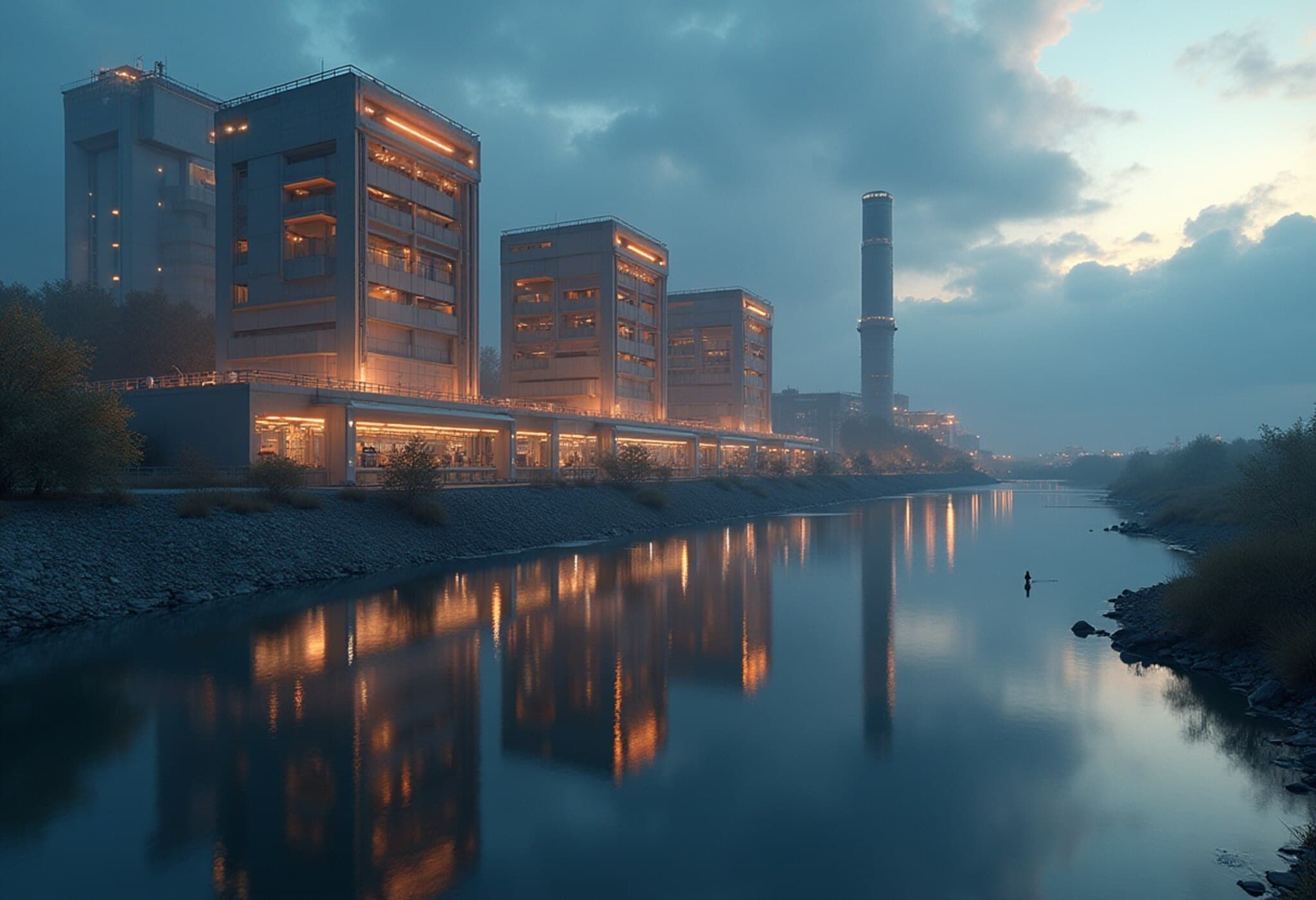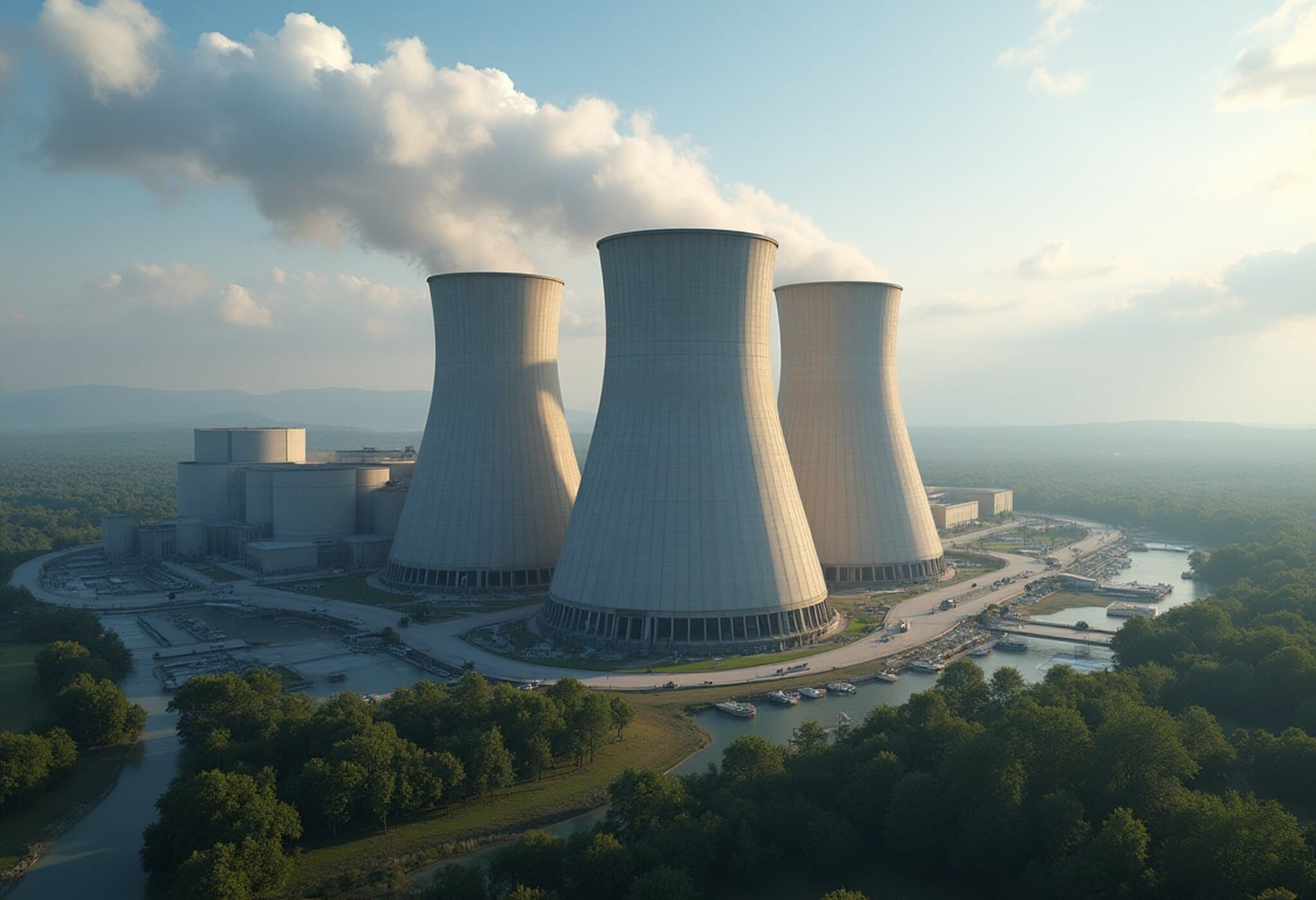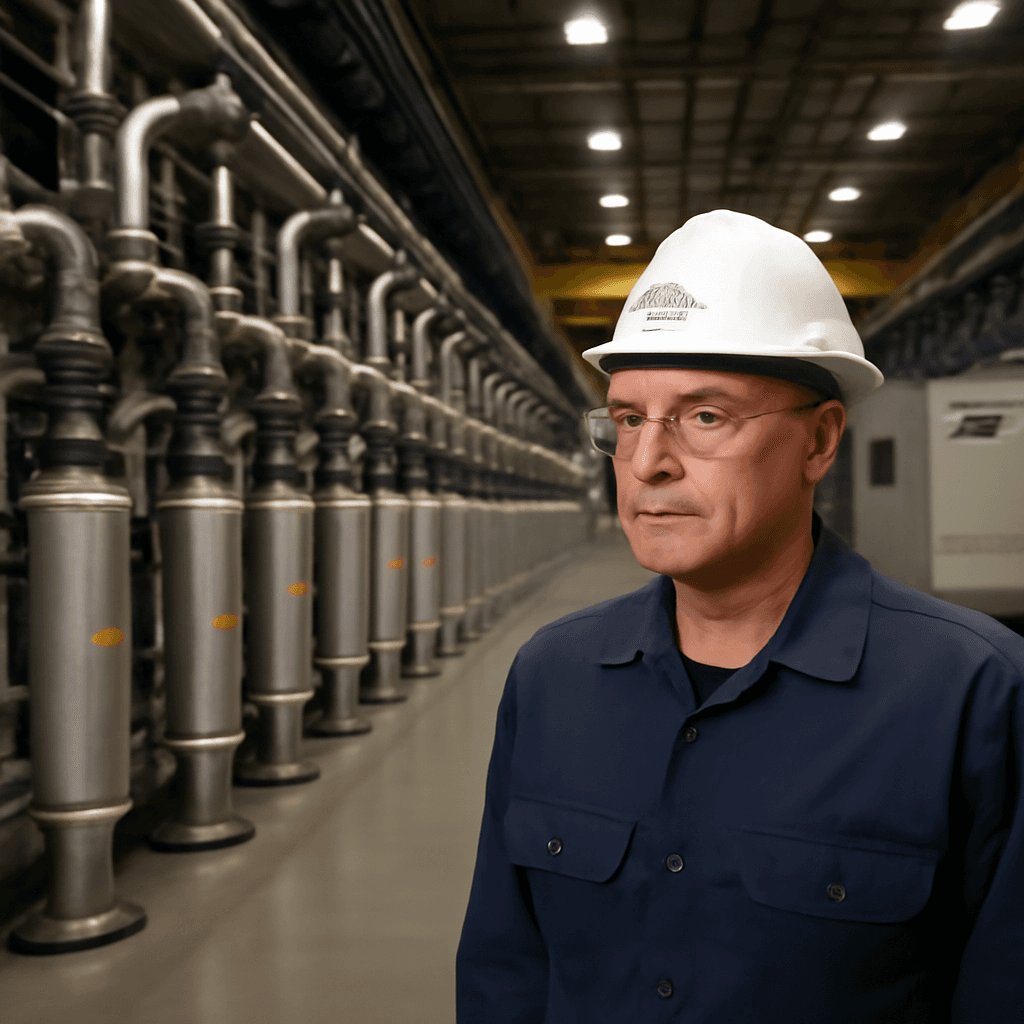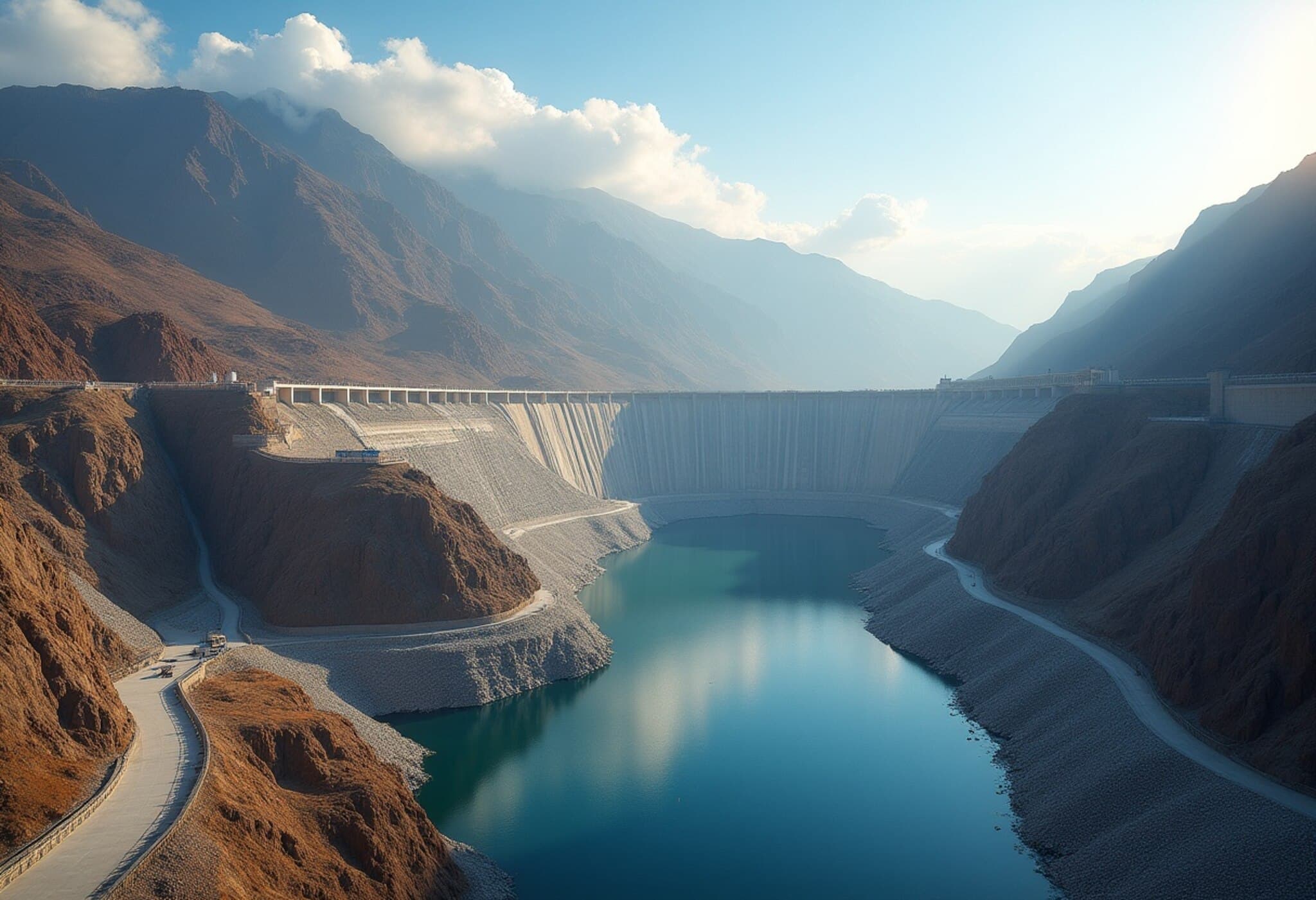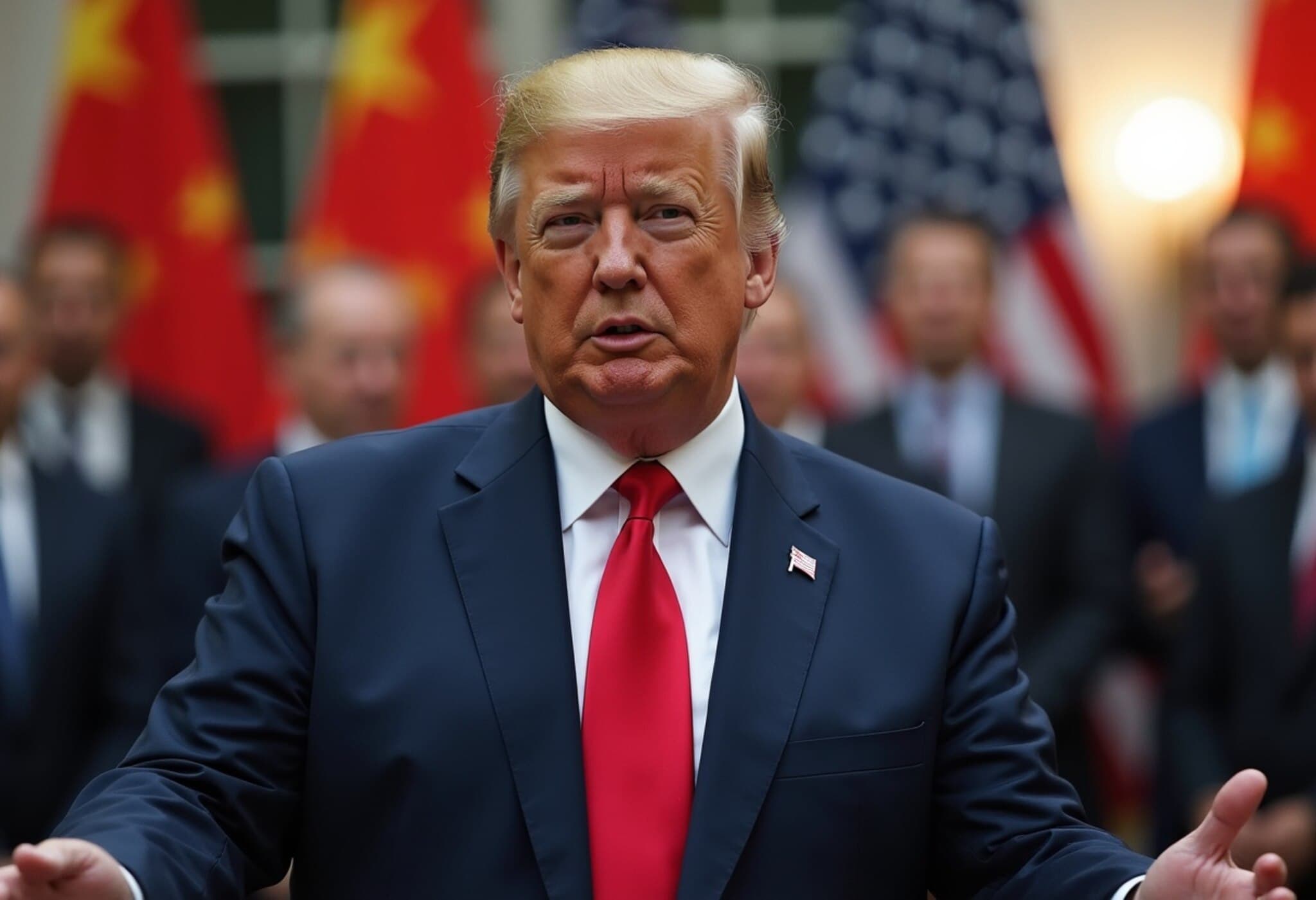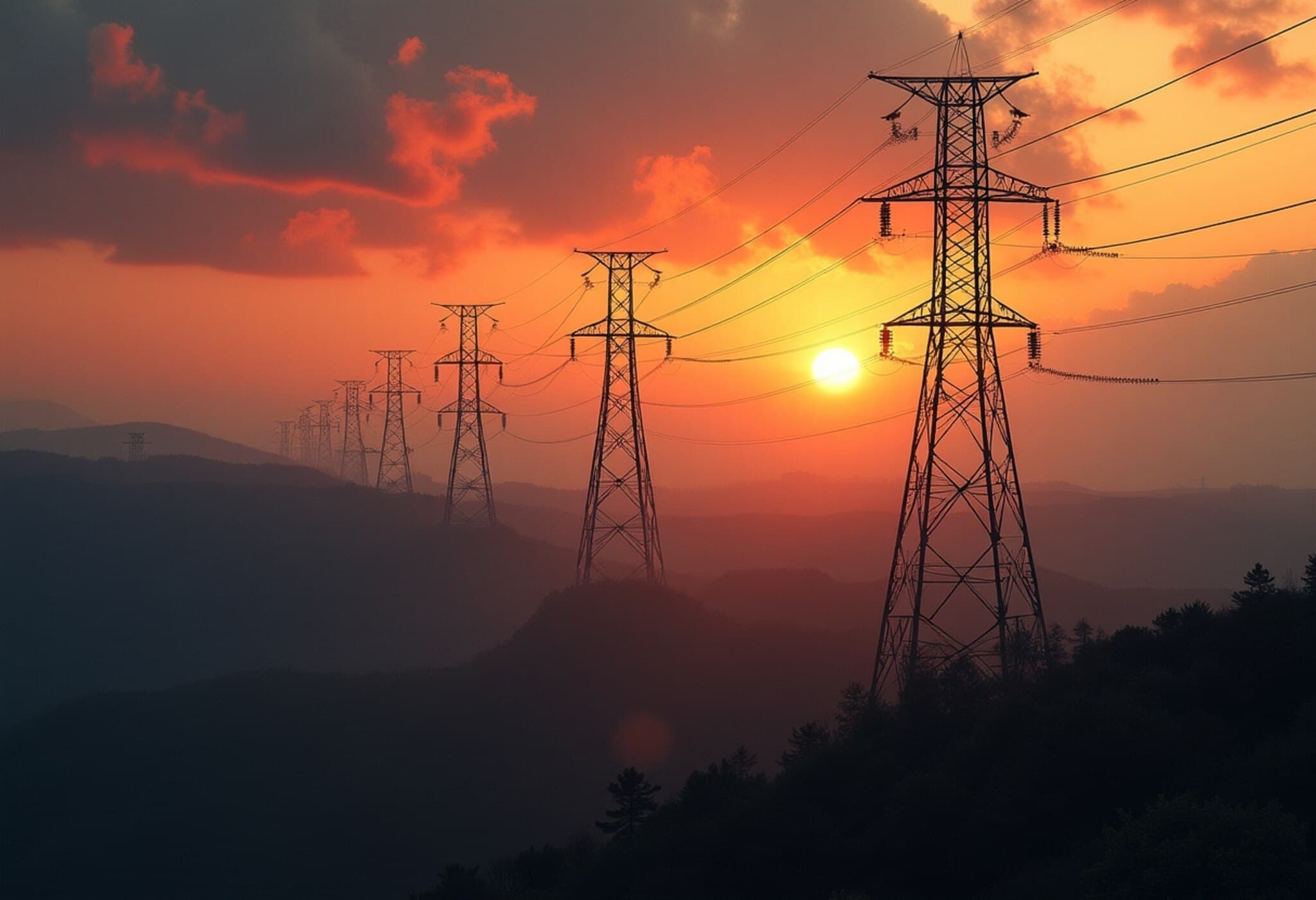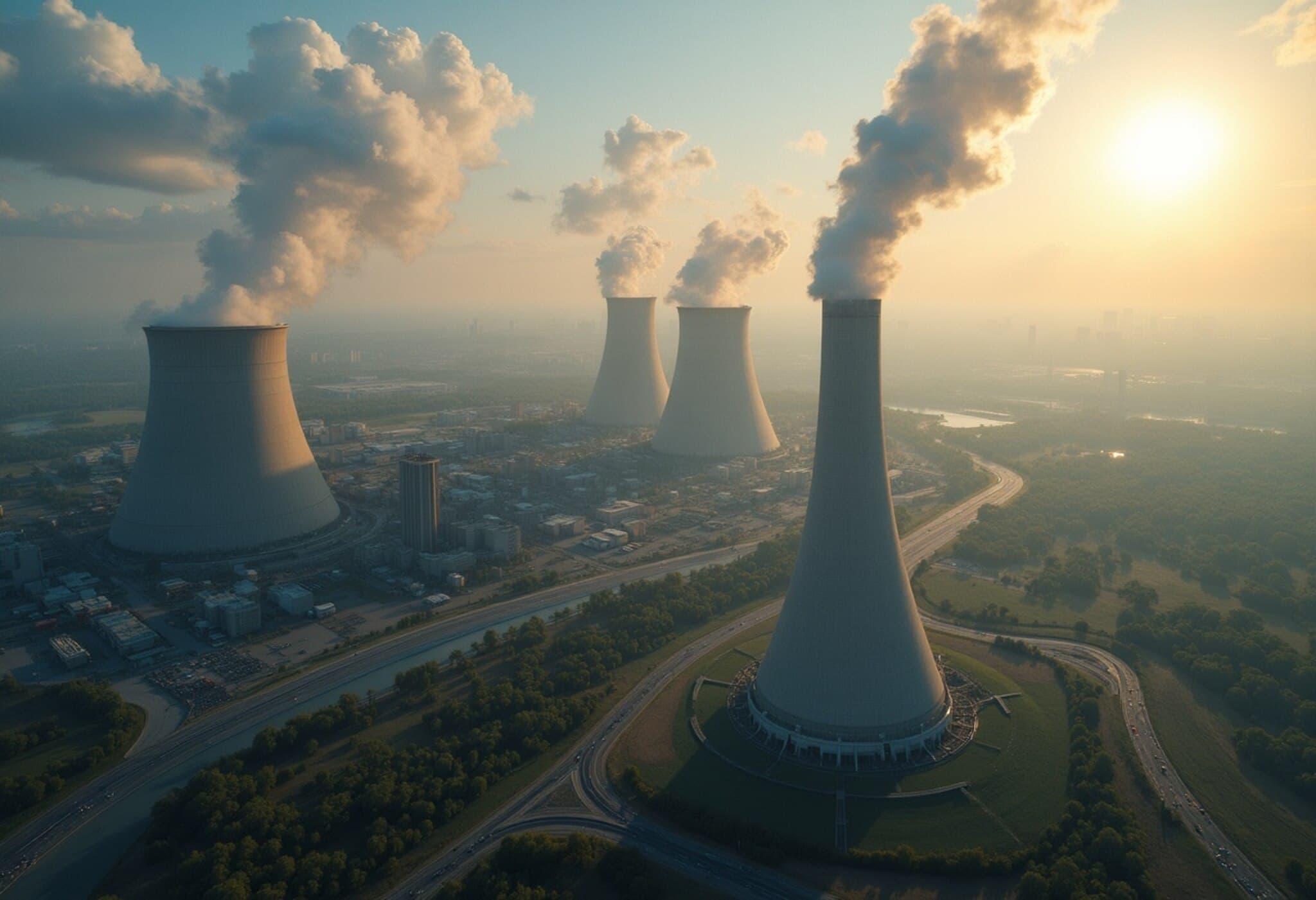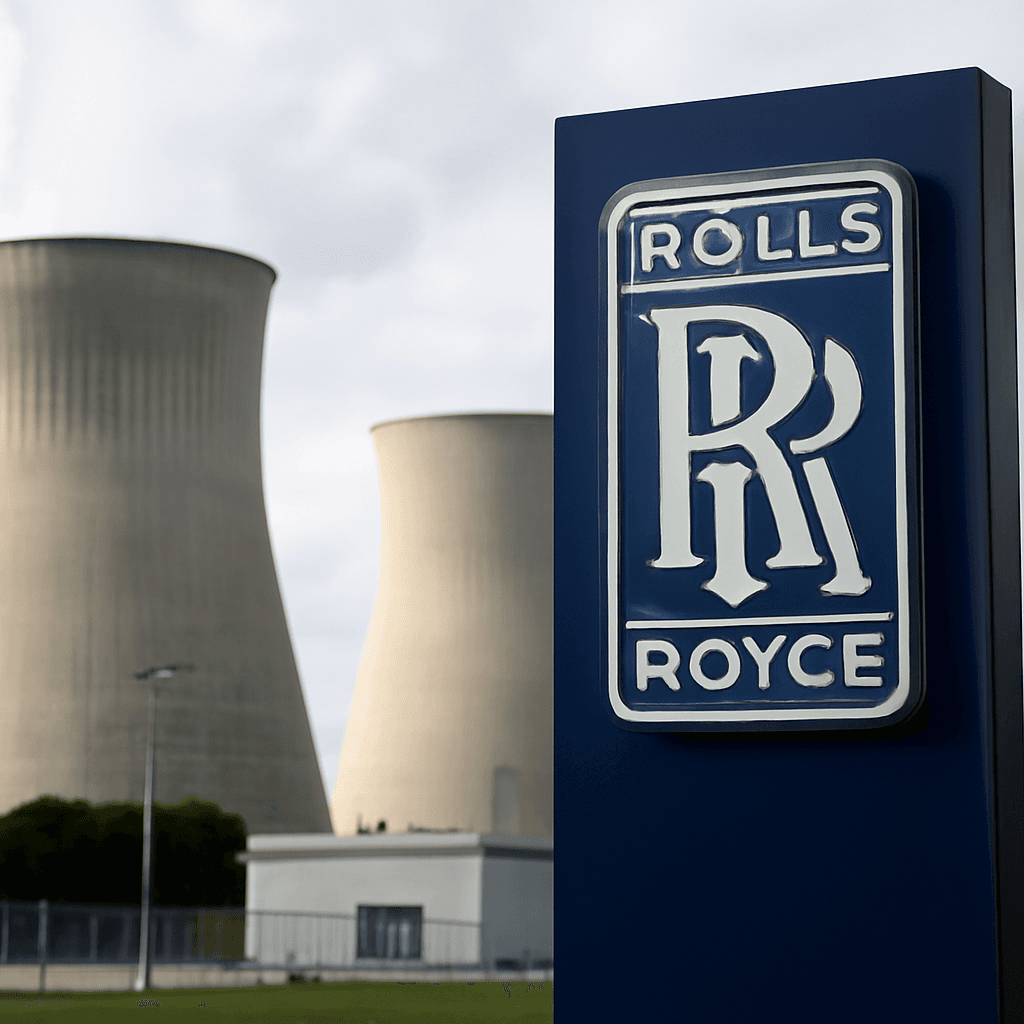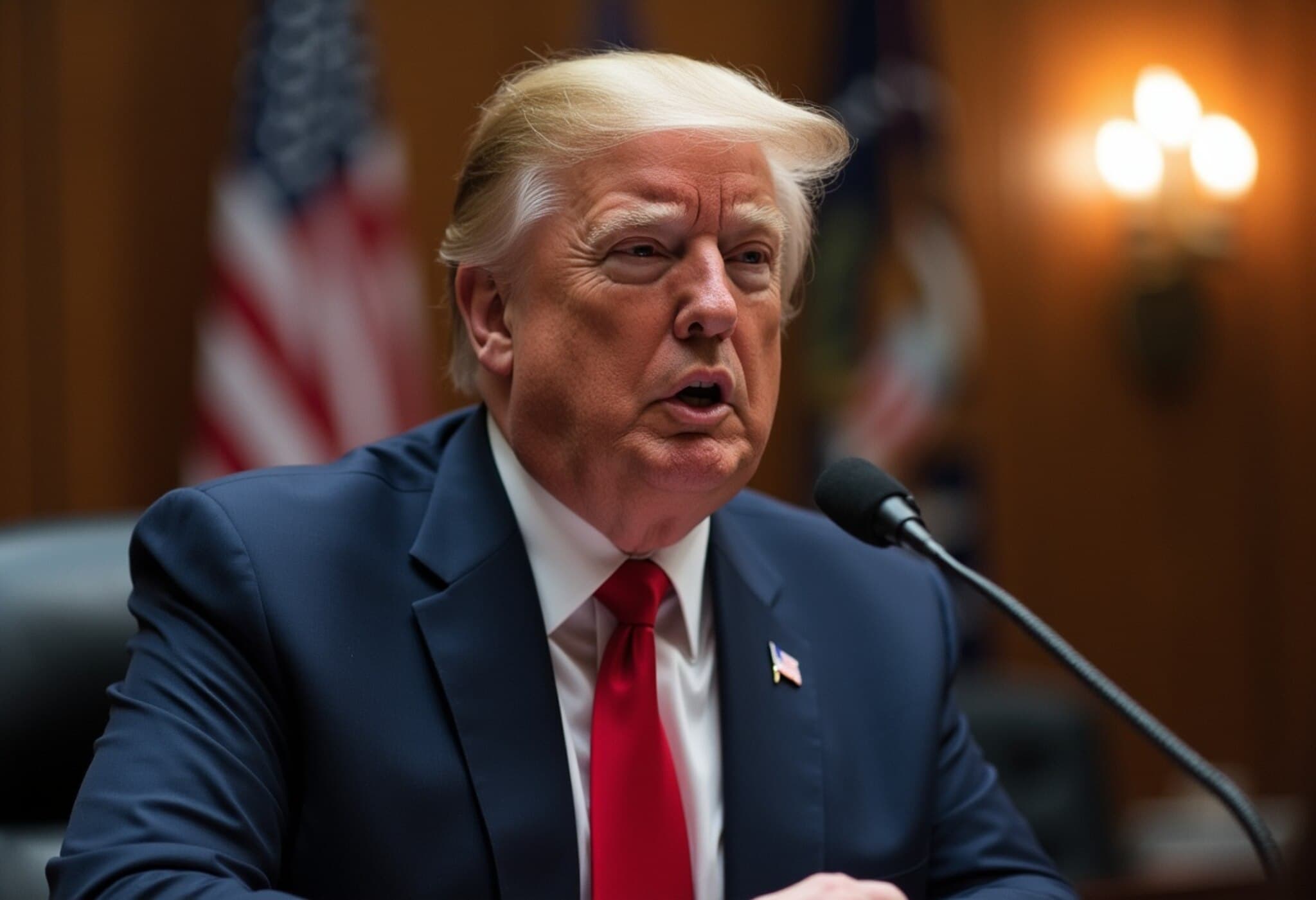Trump Administration Advances Nuclear Energy with Microreactor Pilot Program
In a decisive move to reshape America’s energy landscape, the Department of Energy (DoE) under the Trump administration has greenlit 11 pioneering projects aimed at developing microreactors and small modular reactors (SMRs). This initiative aligns with President Donald Trump’s broader agenda to boost nuclear power, targeting new industrial and technological demands.
A Strategic Push for Advanced Nuclear Technologies
Back in May 2025, President Trump signed four executive orders aimed at fast-tracking the construction and deployment of advanced nuclear reactors. These smaller, efficient designs are poised to meet the surging power needs of sectors at the technological frontier — including data centers powering the artificial intelligence (AI) revolution, semiconductor manufacturing, and critical infrastructure like healthcare and petrochemical plants.
“Advanced reactors — including microreactors, small modular reactors, and Generation IV and Generation III+ reactors — have revolutionary potential,” the executive order emphasized. “They will unlock new applications spanning hydrogen production, desalination, and beyond.”
Details of the Pilot Program and Timeline
The DoE’s announcement revealed that 11 companies have been selected to develop these next-generation reactors. Among them are Aalo Atomics, Antares Nuclear, Atomic Alchemy, Deep Fission Inc, Last Energy, Oklo, Natura Resources LLC, Radiant Energy, Terrestrial Energy, and Valar Atomics. These entities bear full responsibility for financing the design, manufacturing, construction, and eventual decommissioning phases of their reactors.
A critical milestone has been set: at least three of the reactors in this pilot program must achieve criticality—a term describing the point when a nuclear reactor becomes self-sustaining—by July 2026. Deputy Energy Secretary James Danly affirmed, “President Trump’s Reactor Pilot Program is a call to action. These companies are aiming to achieve safe, critical operation by Independence Day, and the DoE will fully support their endeavors.”
Why Microreactors and SMRs Matter
Traditional nuclear plants are massive infrastructure endeavors, often requiring years of construction and sprawling land footprints while generating gigawatts of power. Microreactors and SMRs, by contrast, represent a nimble, scalable solution:
- Smaller scale: Typically producing about a third or less of the output of conventional reactors.
- Modular manufacturing: Built in factories and shipped to deployment sites.
- On-site versatility: Perfect for locations with limited grid access, such as defense bases, remote industrial sites, or data centers.
- Enhanced safety profiles: Incorporate passive safety systems reducing risks of accidents.
Globally, countries like China and Russia have already taken strides with deploying such reactors, boosting their energy independence and national security. Now, the United States aims to reclaim leadership in this transformative technology, securing reliable clean power solutions amid growing climate and geopolitical concerns.
Expert Insights and Policy Implications
From an energy policy perspective, this push has multi-dimensional implications. The U.S. stands at a critical crossroad, balancing decarbonization goals, energy security, and industrial competitiveness. Microreactors offer a promising pathway to sustain nuclear power’s low-carbon benefits while sidestepping some of the political and economic hurdles linked to large-scale plants.
However, challenges remain including stringent regulatory approvals, public perception of nuclear safety, and supply chain developments. Industry experts underscore the importance of transparent community engagement and sustained federal support to realize the full potential of these reactors in the decade ahead.
Looking Ahead
The Trump administration’s pilot initiative marks a bold commitment to rejuvenate American nuclear energy innovation. If successful, microreactors and SMRs could revolutionize the nation’s power infrastructure, catalyzing advancements in key sectors and reinforcing the U.S.’s position in the global clean energy race.
As this groundbreaking pilot unfolds over the next year, all eyes will be on the technical milestones, regulatory developments, and emerging partnerships that will shape the future of nuclear power in America.

